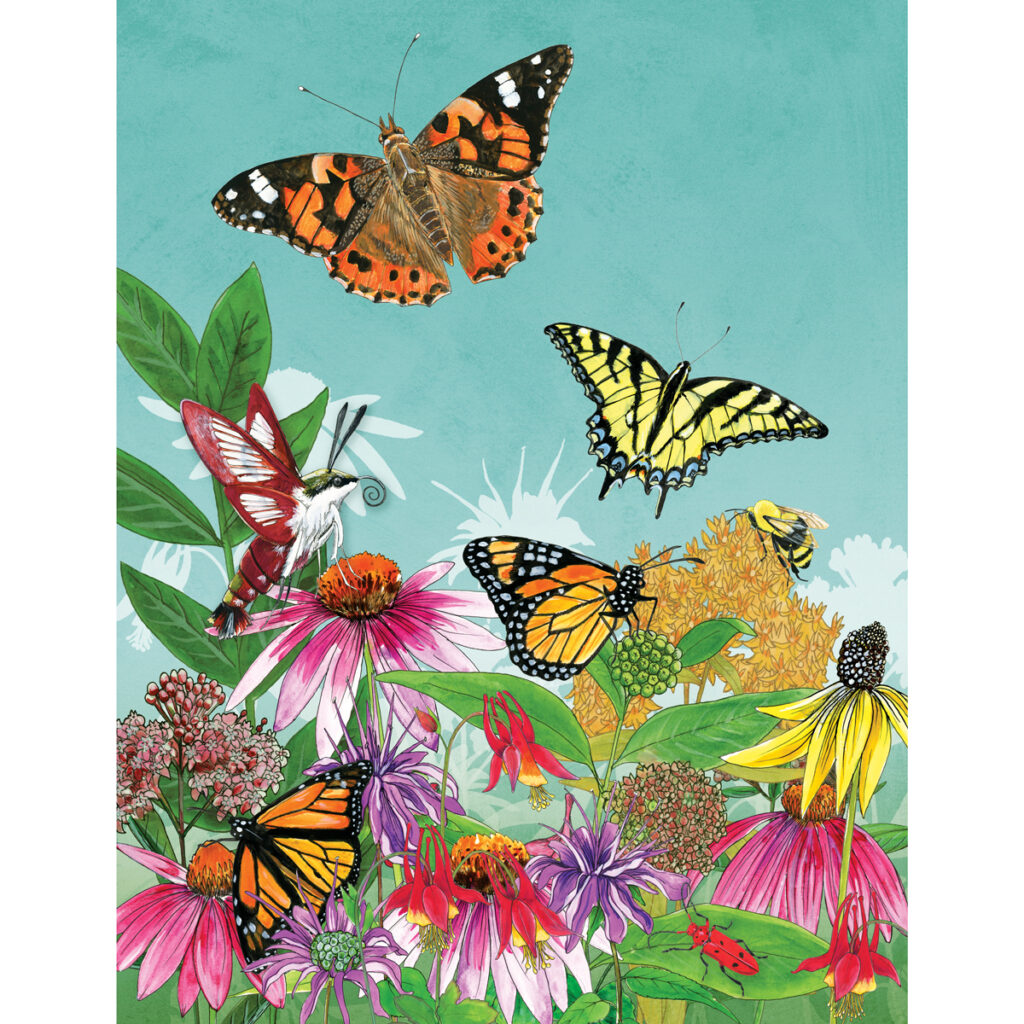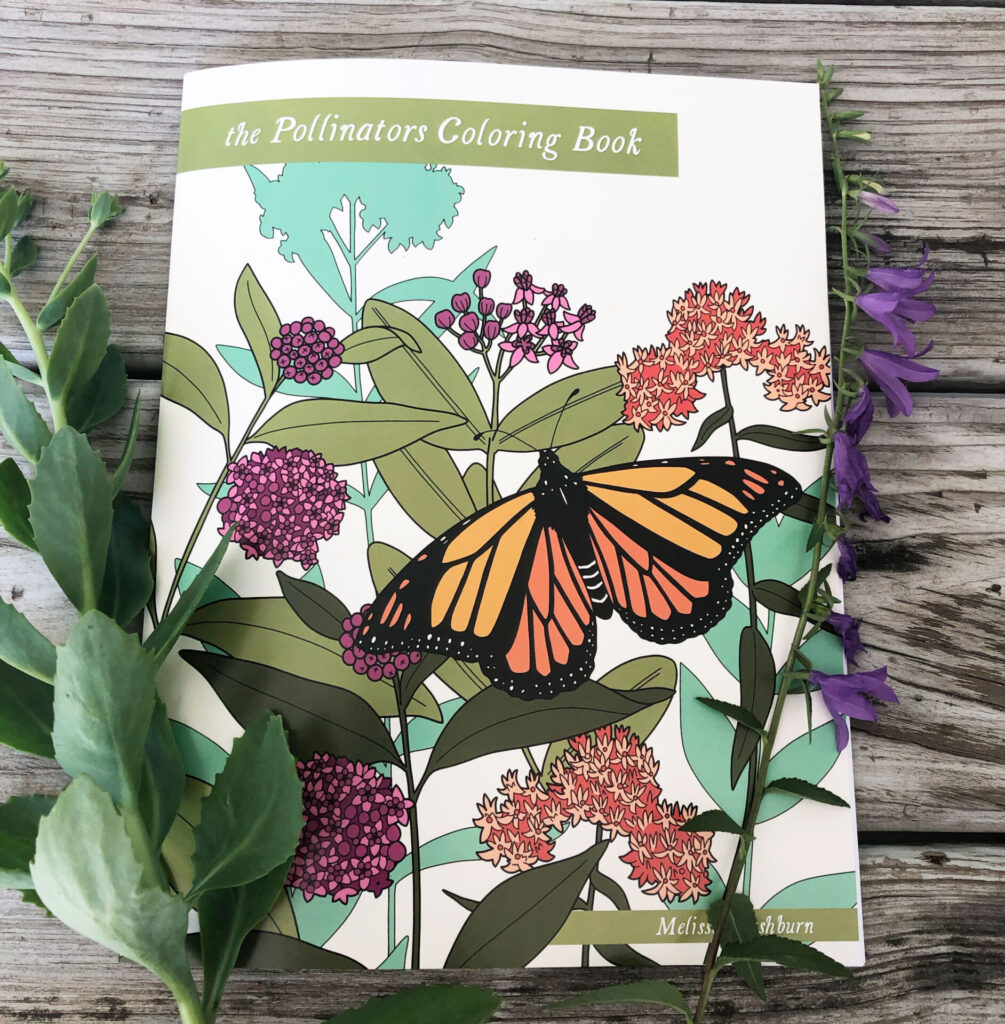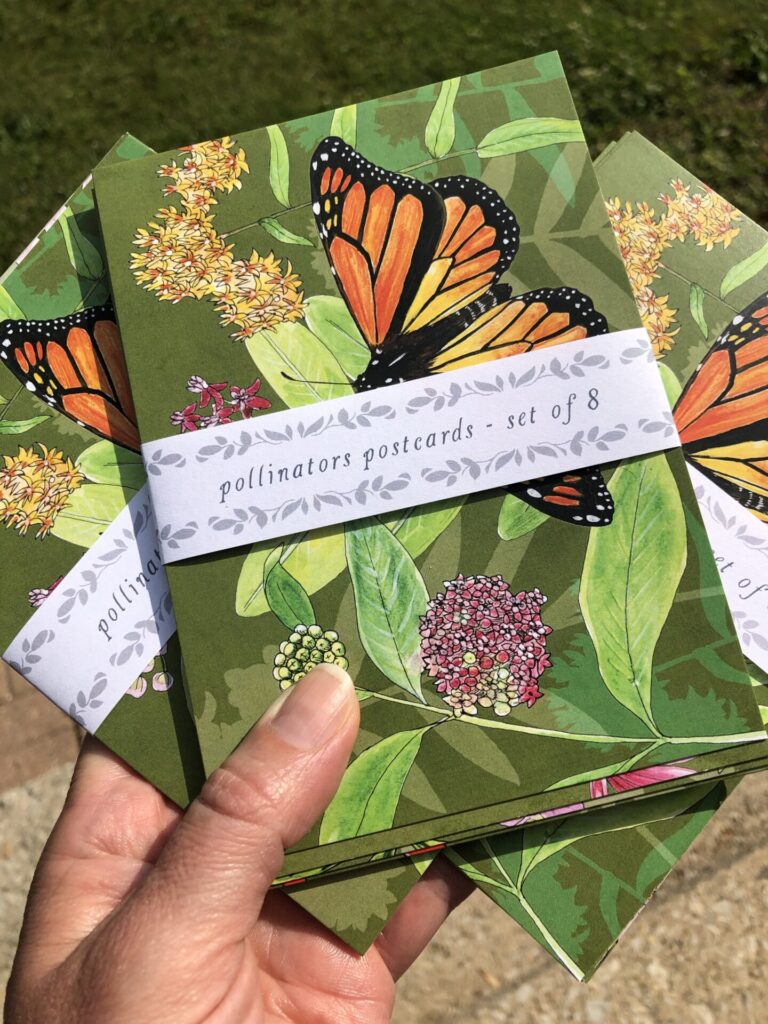Some Bad News and Some Good News

First, the Bad News
You may have heard that the monarch butterfly (Danaus plexippus) was added to the IUCN list of endangered species in July. Despite the status of this beautiful creature as an emblem of all things Environmental, we’re not doing enough. In July, I promised to share some information and resources on how to rethink your lawn, support pollinators, and support meaningful climate change action, so here we go.
A couple of articles on the monarch butterfly crisis:
- Monarch butterflies have been declared endangered. What can we do to save them? —NPR
- Monarchs, a rarer sight around Chicago, now ‘endangered’ —Chicago Sun Times
Some places to learn more about planting a more pollinator-friendly yard, citizen science, etc.
- Living in the Dunes: A Homeowner’s Guide to Pollinator Landscaping in Indiana’s Coastal Communities
- The Xerces Society for Invertebrate Conservation
- Pollinator Partnership
Where can I donate or get involved on general climate action issues?
Organizations from the World Wildlife Fund and UNICEF to more political organizations such as Climate Action Network need volunteers and donations. And there may be a local organization working with your city or town to develop plans for resiliency, rescue, and sustainability. Citizens in Valparaiso recently organized the InVEST Environmental Task Force to work with citizens and city leaders on meaningful action in our community.
What can I do in my own back yard?
Last but not least, you can talk to your neighbors. Programs like our local Bringing Nature Home awards through Shirley Heinze land Trust can encourage homeowners to do more and show off their native plant pride. Our obsession with tidy green lawns, if you didn’t know, is a holdover from 18th century French aristocracy. It requires an enormous amount of time, money, water, energy, and chemicals that collectively are SO destructive to habitat, stormwater, etc. Even replacing a portion of your lawn with native plants can have an impact. The Save the Dunes guide above is a great tool to find native plants that have the same landscaping benefits/look as popular non-native species.
It’s not just about the monarchs. Reducing pesticides helps encourage other beneficial insects, and therefore birds and other wildlife that rely on different plants and invertebrates as well. Plant diversity = invertebrate diversity = avian and mammal diversity which adds up to a healthier ecosystem all around.
And Now, the Good News
There is also some good environmental news. It may seem dire at times, but we HAVE collectively slowed the rate of warming from the most dire predictions from a few years ago, and there are many fantastic people and organizations working to do lots of good. Here’s a roundup for you to read through when you need a little lift, and studies have shown that focusing on doom and gloom tends to make us feel LESS empowered and LESS able to do anything about the problem, which is far from the truth.
EuroNews list of positive environmental stories from 2022 so far
I’m not perfect. You’re not perfect. There are few perfect solutions. But in making decisions on how to run my business, I try to make the best decisions I can and not make the perfect the enemy of the good, as the saying goes. That means wasting as little as possible and using as little plastic as possible – I’ve replaced all my greeting card sleeves and print sleeves with a plant-based, industrial compostable PLA product; choosing FSC certified papers (it turns out recycled isn’t always best – recycled paper is often manufactured using a more energy and water-intensive process than virgin paper, though most earth-friendly choices do have some recycled content); and re-using boxes for shipping whenever possible (I’m a chronic box hoarder).
It’s really hard to be a person who relies, on some extent, to selling “stuff” when we should all be seriously thinking about what we NEED vs what we WANT in order to build a more sustainable future. My commitment to you and to the Earth is that I will keep learning and making the best choices I can based on that knowledge, and I hope you will too.
During August and September, I’ll be donating all profits from the sale of The Pollinators Coloring Book and my Pollinators Postcards to The Xerces Society


Sign up for my monthly newsletter for new art, travel, random musings, and the occasional critter sighting!


